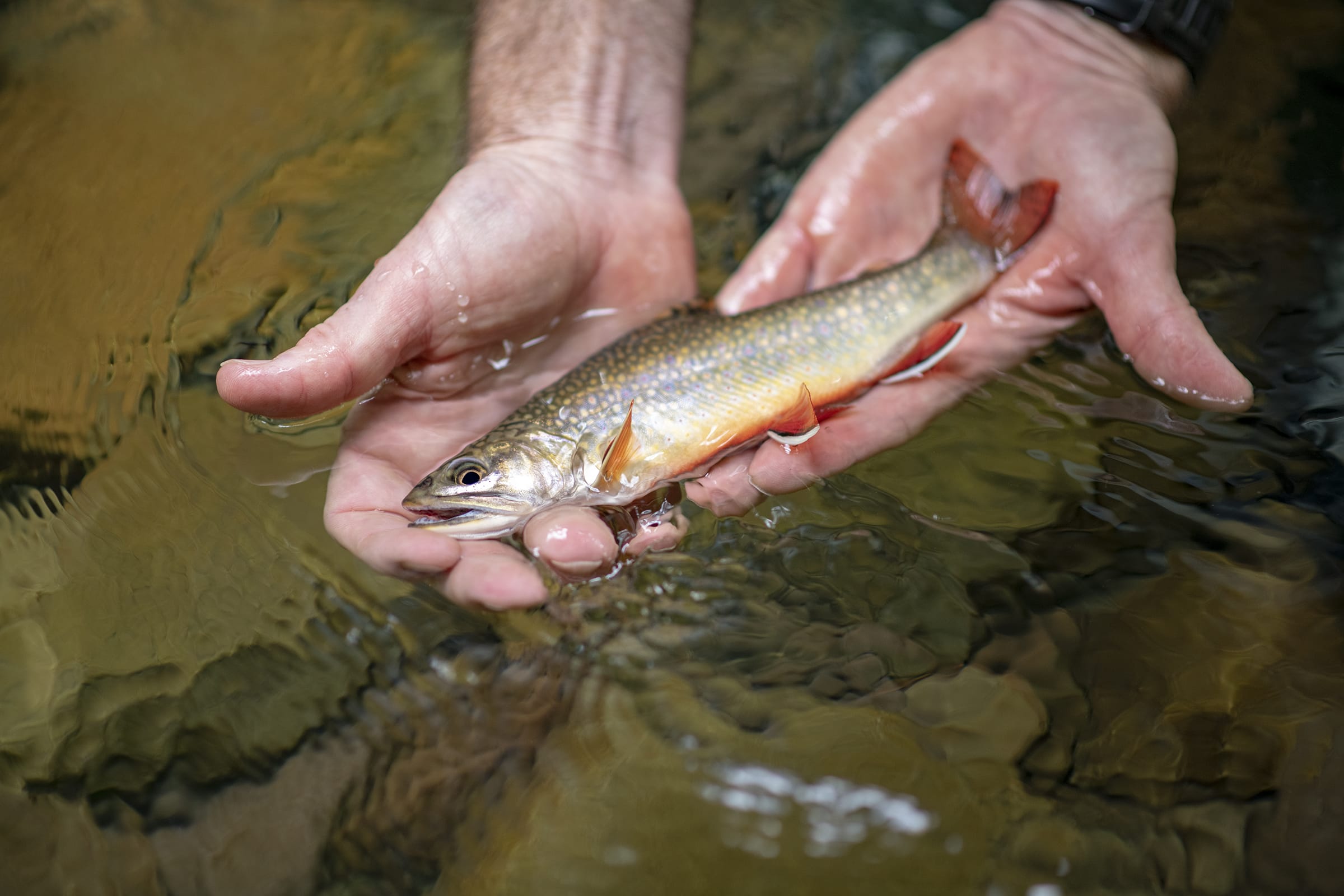Like your first kiss, no one ever forgets their first native trout.
The memory is as searing as the sun’s reflection off snow through a windshield. My friend and fishing mentor, Bill Sargent had pointed me to a small and little-known stream in the Green Mountains to fish for native brook trout.
Bill explained to me that “brookies” were almost extirpated from Vermont when the forests were cleared for agriculture, but the forests were coming back, and a few strongholds of native brookies persisted on national forest lands in the Green Mountains.
This was perhaps a few months after having caught my first trout on a fly after a dozen or more unsuccessful outings. I caught that rainbow after it hooked itself while I was untangling a knot in my fly line as my “Zug Bug” dangled 20 feet behind me in the water.
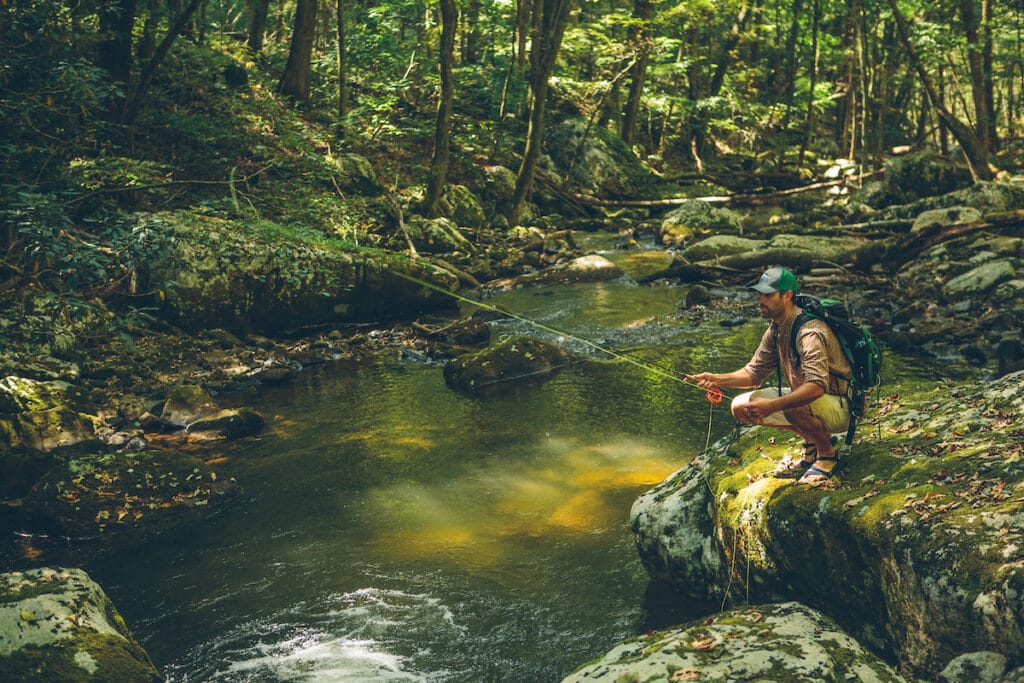
Fortified by having actually caught a trout, I walked up the creek a mile or so from the pull off—past the obvious holes (along with the worm containers, beer cans, etc.) and places others could easily fish from the road. I threw an elk hair caddis on the water perhaps a half dozen times—a slash on the surface, and it was gone! I pulled that little brook trout in and marveled at its colors and the wonder of God’s creation.
According to the State of the Trout report prepared by the TU science team, of 28 native trout species and subspecies, three are extinct and six are listed as threatened or endangered. Excluding the extinct trout, more than half of remaining trout species occupy less than 25 percent of their historical habitat and are at high risk from at least one major threat. Nearly all native trout — 92 percent — face some level of risk.
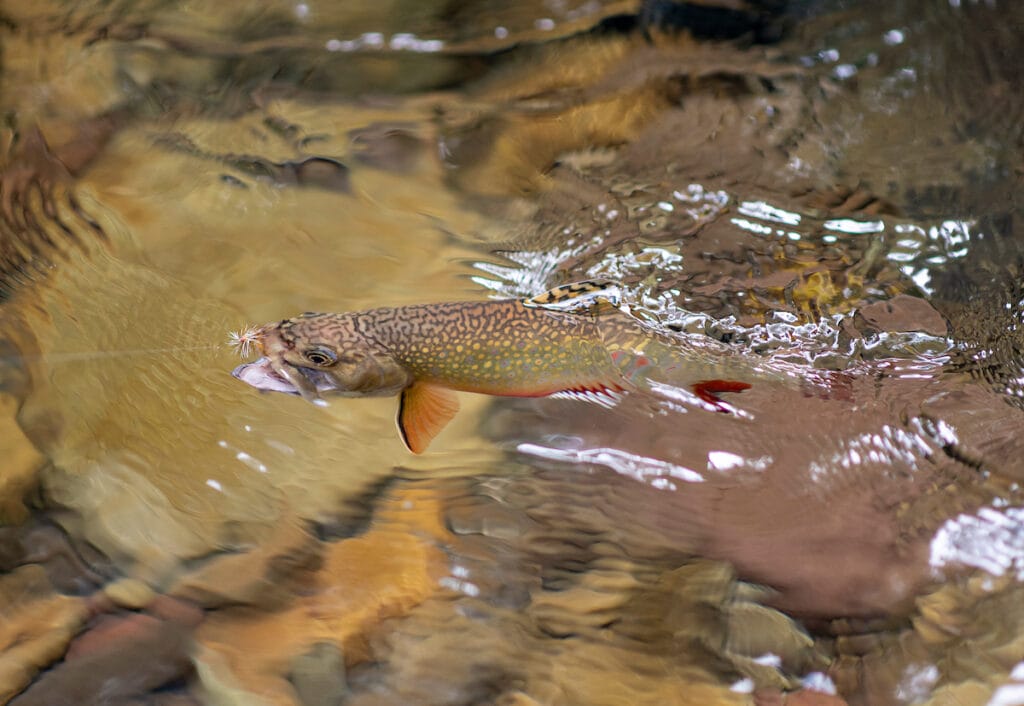
Yet, native trout and salmon are remarkably resilient species. Give them half a chance and they will respond. Consider the case of salter brook trout in the Quashnet River of Massachusetts. Before the Southeastern Mass and Cape Cod chapters got involved, there were only 10 salters (a super-cool brook trout that moves to ocean estuaries and can grow up to four inches in a year) per 1,000 feet of stream. Today, thanks to the chapters’ work we have 650 fish per thousand feet.
Perhaps my favorite native trout is the Apache. It only exists today because of the work of the White Mountain tribe of the Apache in Arizona who had the wisdom to close their reservation to fishing 20 years before the Endangered Species Act, and then worked with state and federal agencies, and TU professional staff to recover the species. The Apache trout is on the verge of becoming the first trout ever removed from the Endangered Species list because they have recovered.
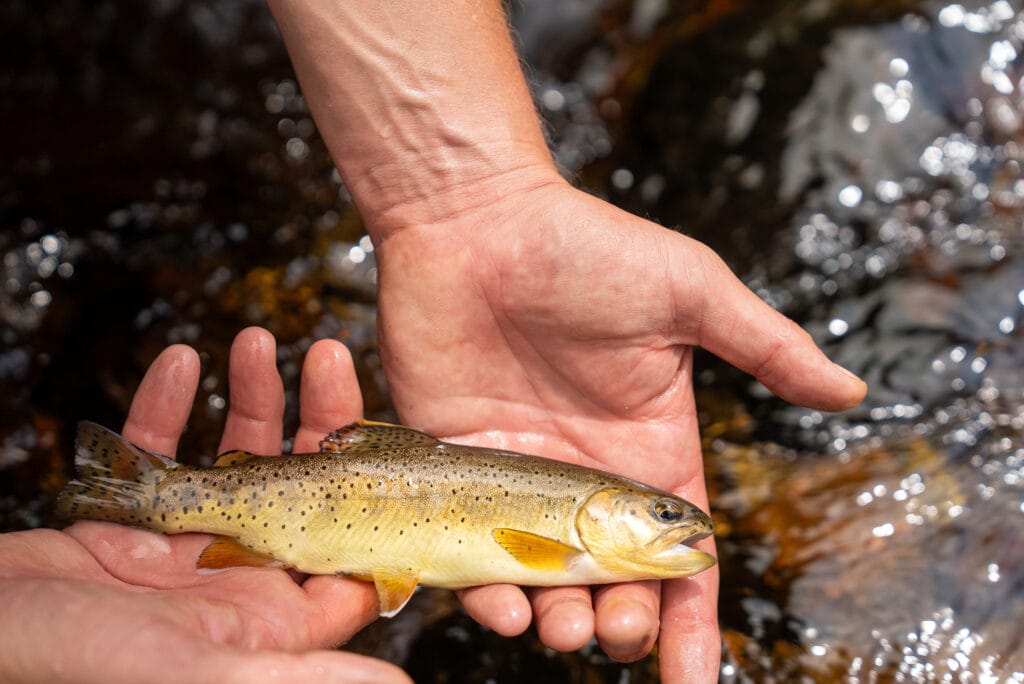
The Elwha River in Washington State was blocked by two dams that stopped migration for salmon and steelhead for over 100 years. Those dams were removed about 10 years ago, and the results are astounding. Salmon have come back without the aid of hatcheries, and the resident rainbow trout remembered that they are the same species as steelhead, and began to run to the ocean. The result? Steelhead, a functionally extinct species in the Elwha, have come back.
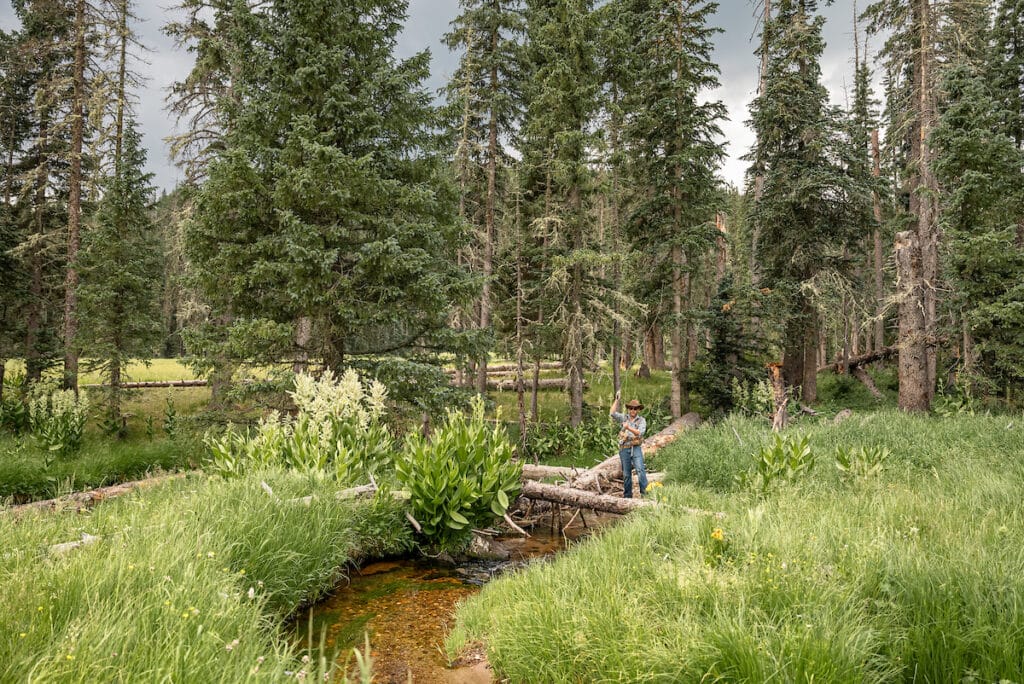
The recovery of native trout, salmon, and steelhead in the Elwha gives hope to dam removal on the Klamath and the eventual removal of the four lower Snake River dams. My mom always says, “thoughts are nice, but action makes the difference.”
Your actions and support of TU are helping to recover our legacy of native trout, salmon, and steelhead.



